In the world of jewelry photography, controlling reflections is both an art and a science. The shimmer and sparkle of precious metals and gemstones can be mesmerizing, but unwanted glare often obscures their true beauty. This is where polarized light becomes an indispensable tool for photographers seeking to capture the essence of high-end jewelry with precision and clarity.
The challenge of photographing jewelry lies in its reflective nature. Polished gold, platinum, and silver surfaces act like mirrors, bouncing light in unpredictable directions. Even diamonds and colored gemstones, while prized for their brilliance, can produce distracting flashes that detract from their cut and color. Traditional lighting techniques often fall short, either flattening the subject with diffuse light or creating harsh highlights that overwhelm delicate details.
Polarized light offers an elegant solution to this persistent problem. By using polarizing filters on both the light source and the camera lens, photographers can systematically eliminate unwanted reflections while preserving the jewelry's inherent luminosity. This dual-polarization technique works because light reflected from non-metallic surfaces becomes polarized, allowing the camera filter to block specific orientations of light waves. The result is astonishing control over how light interacts with every facet and curve.
Mastering polarized jewelry photography requires understanding the behavior of light at a fundamental level. When light strikes a gemstone, several optical phenomena occur simultaneously. Refraction bends light as it passes through the stone, while dispersion separates it into spectral colors - creating that coveted fire in diamonds. Reflection occurs both at the surface and internally, with the latter contributing to brilliance. Polarization affects primarily the surface reflections, giving photographers the power to reveal or conceal them as needed.
The equipment setup for polarized jewelry photography involves careful coordination. High-quality linear polarizing filters must be placed in front of the light sources, all aligned to the same polarization axis. The camera then uses a circular polarizer that can be rotated to find the optimal angle for reflection control. This alignment is crucial - even a few degrees of misalignment can dramatically affect the results. Professional studios often use specialized polarization films that maintain consistency across large light modifiers.
One of the most remarkable applications of polarization is in photographing diamonds and other transparent gemstones. By carefully adjusting the polarization angles, photographers can make inclusions virtually disappear or intentionally highlight them for grading purposes. The technique also allows for stunning dark-field illumination, where gems appear to glow against black backgrounds, their facets sharply defined without competing reflections. This method has become standard for certification photographs in the gemological industry.
Metal surfaces present different challenges that polarization can uniquely address. While pure metallic reflections aren't polarized, the oxidation layers and protective coatings on jewelry often are. By combining polarization with precise lighting angles, photographers can create the illusion of depth in flat metal surfaces or emphasize intricate engravings. The technique works particularly well for white gold and platinum, helping these metals maintain their cool tones without appearing dull.
Advanced practitioners often combine polarization with other specialized techniques. Cross-polarization, where the light source and camera filters are set at 90-degree angles to each other, can completely eliminate surface reflections for scientific documentation. Partial polarization creates more natural-looking results for commercial applications. Some photographers even use multiple polarization stages to separately control reflections from different materials in complex jewelry pieces.
The post-processing phase offers additional opportunities to refine polarized images. While polarization removes most unwanted reflections during capture, subtle adjustments can enhance the three-dimensional quality of jewelry. Careful dodging and burning can emphasize facets, and selective color correction ensures accurate representation of metals and gemstones. The clean files produced by proper polarization make these adjustments far more effective than with conventionally lit photographs.
As jewelry photography continues evolving, polarization remains fundamental to high-end work. The technique bridges the gap between scientific precision and artistic expression, allowing photographers to reveal the true character of precious materials. From auction catalogs to e-commerce listings, polarized images set the standard for jewelry presentation, proving that sometimes the most powerful photographic tools are those that selectively remove rather than add.
For aspiring jewelry photographers, investing in quality polarizing equipment and taking the time to master its use pays significant dividends. The control it offers transforms challenging shoots into predictable, repeatable processes. More importantly, it enables the creation of images that do justice to the craftsmanship and materials that make fine jewelry worthy of admiration. In an industry where perception of quality directly influences value, polarization provides the visual clarity that builds trust and desire.

By /Aug 11, 2025

By /Aug 11, 2025

By /Aug 11, 2025

By /Aug 11, 2025

By /Aug 11, 2025

By /Aug 11, 2025

By /Aug 11, 2025

By /Aug 11, 2025

By /Aug 11, 2025

By /Aug 11, 2025
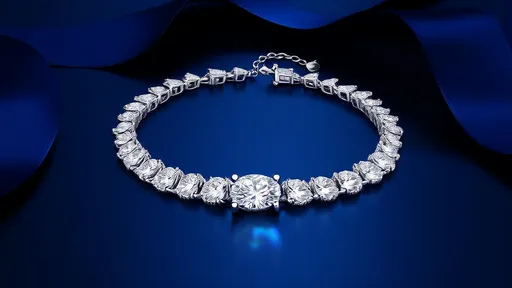
By /Aug 11, 2025

By /Aug 11, 2025

By /Aug 11, 2025

By /Aug 11, 2025
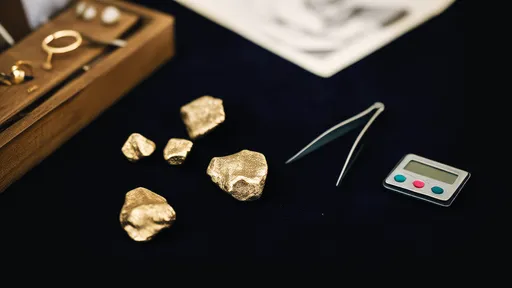
By /Aug 11, 2025
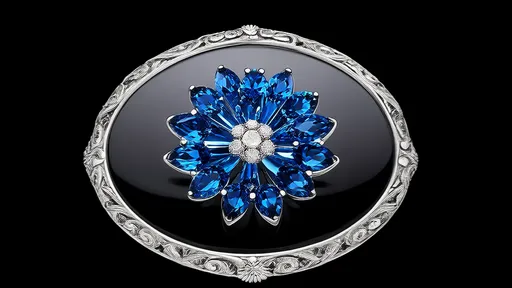
By /Aug 11, 2025
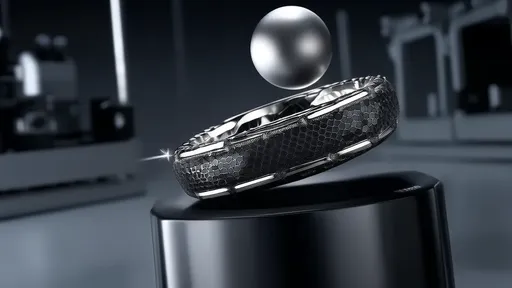
By /Aug 11, 2025
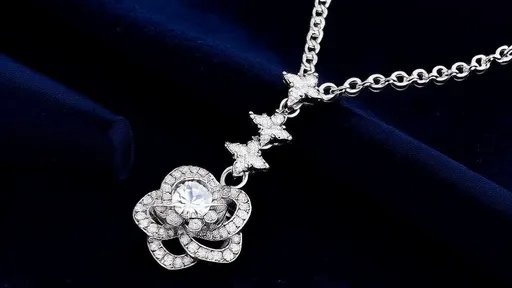
By /Aug 11, 2025

By /Aug 11, 2025
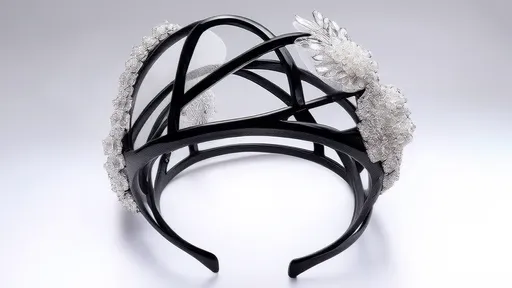
By /Aug 11, 2025